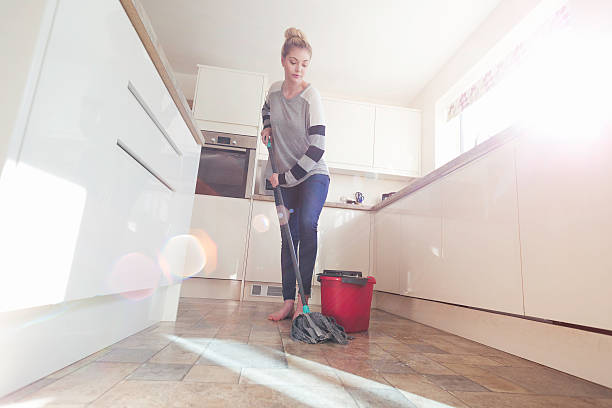Clean mirrors properly with home remedies. So that you can avoid streaks and remove dirt effectively, we have collected a wide variety of methods for cleaning mirrors without leaving streaks. There are many ways to do without chemical cleaners.
A clean and shiny mirror looks good and is a great eye-catcher in many an apartment. But if dirt and dust collect here, the apartment quickly looks dirty. Therefore, use home remedies such as lemon, linseed oil, etc. to clean your mirrors.
Mirror on the wall
Who has the cleanest mirror in all the land? Everyone has a mirror at home, others probably even more. And these need to be cleaned from time to time. Dust, water stains, or fingerprints quickly collect on the mirror surface. But what is the best way to clean the mirror properly? You probably know the problem with the streaks when cleaning the mirror. But with a few simple home remedies, you can clean your mirror without leaving streaks.
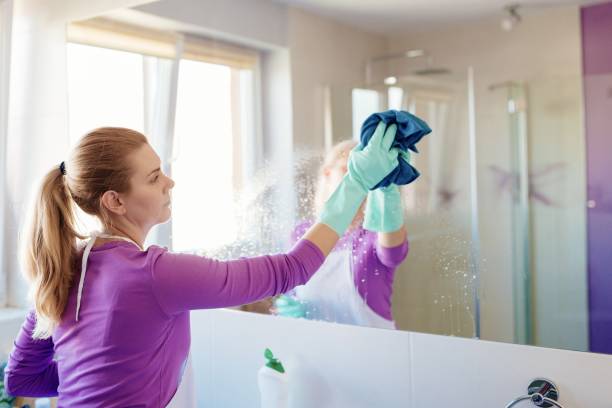 Streak-Free Mirror Cleaning
Streak-Free Mirror Cleaning
Cause of streaks
Streaks and streaks on freshly cleaned mirrors are often annoying. The most common cause of these streaks is the limescale in the cleaning water. But cleaning fogged-up mirrors with a towel, e.g. after a shower, can also cause streaks. Because that’s how you spread dirt on the mirror.
Home remedies to clean the mirror
Most of us do not use home remedies to clean the mirror but use a glass cleaner. This is usually quick. But if you want to do without chemical agents in order to protect the environment in the household, you can fall back on tried and tested household remedies.
1) microfiber cloth and water
The easiest and quickest way to clean the mirror without leaving streaks is to use a microfiber cloth and water. Accordingly, slightly moisten the microfiber cloth and wipe the mirror with it. Finally, wipe everything down with a second dry one. You can also wipe off dust with a microfiber cloth.
2) Use of Lemon Essence
SINCE chalky cleaning water can leave streaks, you can use a cup of lemon essence and add it to a liter of water and use it to clean your mirror without leaving streaks. Or use the juice of a lemon for cleaning. It’s even easier if you cut a lemon in half and use the cut surface to clean the mirror surface. Finally, wipe with water and dry.
3) Clean the mirror without streaks with vinegar
Opinions differ when it comes to using vinegar to clean mirror surfaces. Because some believe that this method damages the silver layer of the mirror. Meanwhile, others swear by this home remedy. If you want to try it, add 1 cup of vinegar essence to 1 liter of water. Then you can do the cleaning with it. Finally, wipe everything dry and admire the now streak-free reflection.
4) Clean mirror with potato
Opinions also differ when using a potato to clean the mirror properly. Because some say this procedure can destroy the shine of the mirror. In contrast, others present the potato as the perfect helper when cleaning mirrors. You rub the mirror with the cut surface. Then it is wiped with clear water and everything is dried.
5) Tee against fogged surfaces
A less common method is cleaning with tea. But this is recommended since you most likely have tea at home and fogged-up mirrors can be cleaned well with it. So make yourself some tea and let it cool down. Then you can use this to clean your mirrors without leaving streaks. Then wipe everything dry. In addition, also note our ideas for furnishing your apartment.
6) Effective cleaning with linseed oil
You can make blind mirrors reflect again by rubbing some linseed oil on them. After rubbing the surface, leave it on for a few minutes. Then use a dry cloth to remove the oil and polish again with a cloth. You will also learn more about healthy oils and their use.
7) Alcohol against small dirt
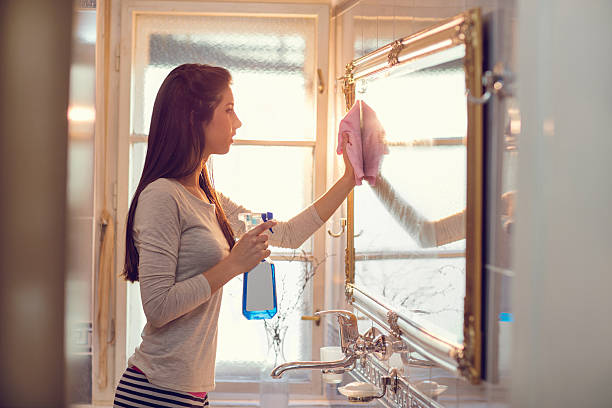
A little spirit will also help you to clean the mirror without leaving streaks. You will need two small bowls or buckets of water for this. Then put some washing-up liquid in one and some alcohol in the other. Then clean the mirror first with the dishwater and second with the spirit water. Finally, rub everything with a dry cloth. You will also learn how to effectively clean car windows.
8) Clean the mirror properly with washing-up liquid
Cleaning the mirror without leaving streaks also works with washing-up liquid or rinse aid. To do this, add a little of the respective agent to lukewarm water and clean the surfaces with a wet cloth. Then wipe everything dry. This method is good for removing small dirt. And the mirror looks like new! In addition, note our tips for cleaning windows.
9) Use shaving foam for heavy soiling
Shaving cream is available in most households. So if you have shaving cream handy, rub it on your mirror. Then you can clean it with a damp cloth. In this way, you ensure a streak-free mirror and at the same time have a thin protective film on the mirror. Also, note other useful gadgets for cleaning.




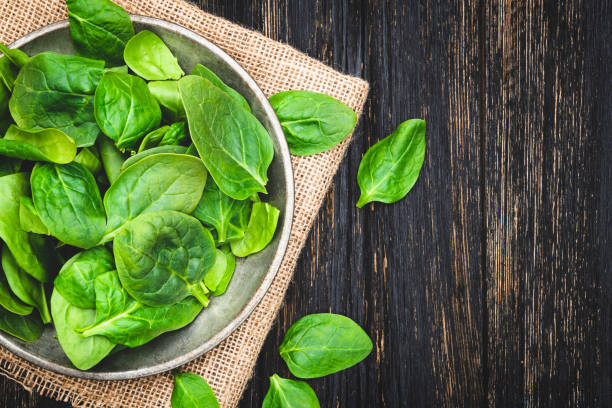




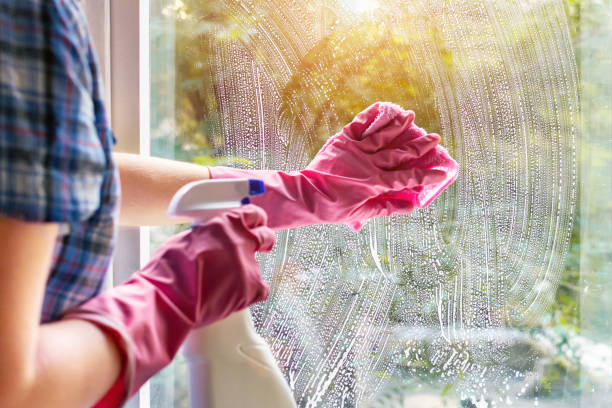
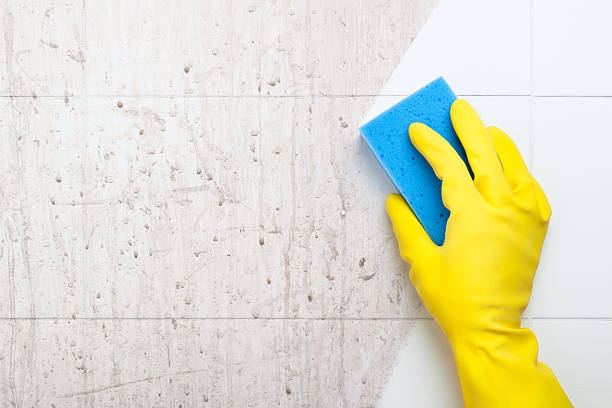

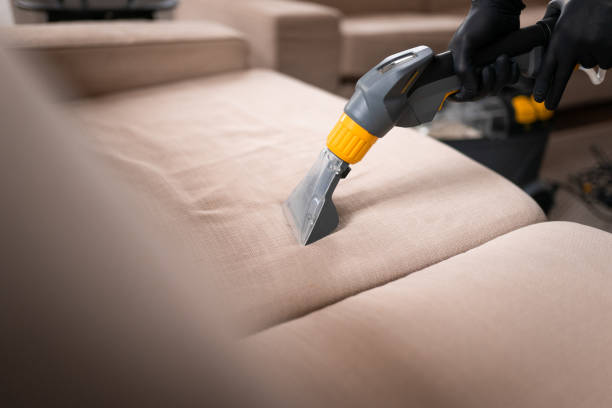
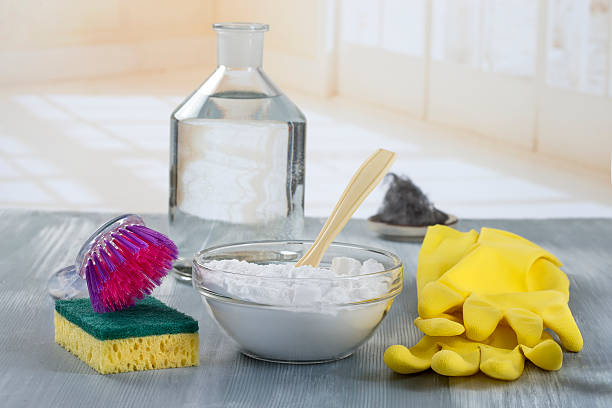
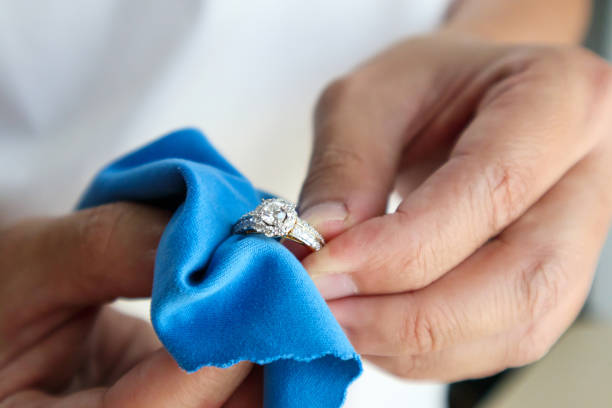
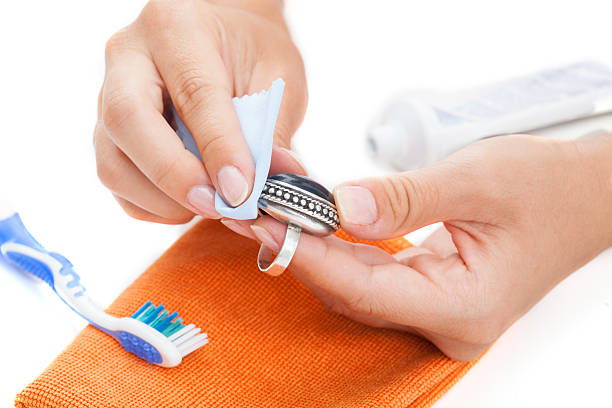
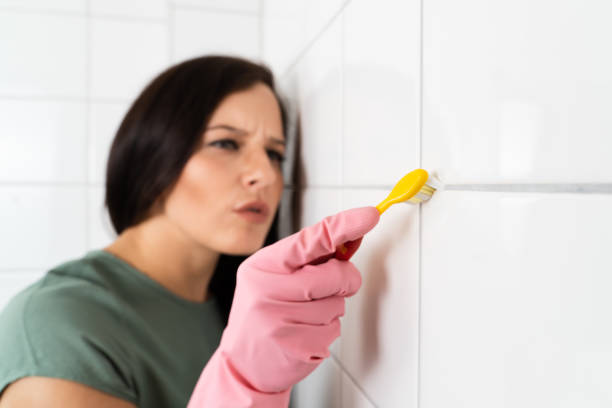


 Streak-Free Mirror Cleaning
Streak-Free Mirror Cleaning